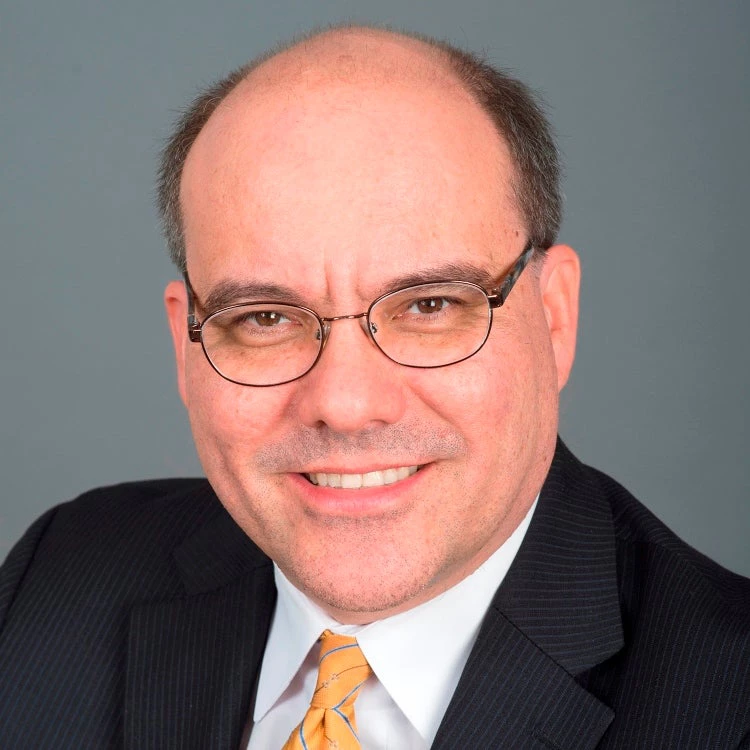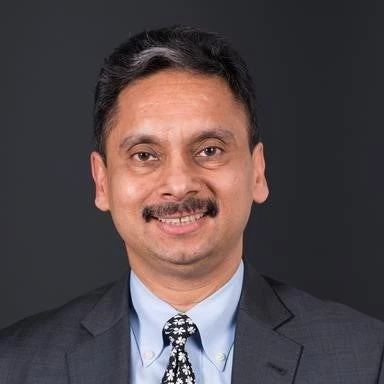Development is challenging even under the best of conditions. It can be even more difficult when the local context is complex, and when some groups face the risk of losing out as part of the development process.
The World Bank's environmental and social safeguard policies are a cornerstone of its support to sustainable poverty reduction. The objective of these policies is to prevent and mitigate undue harm to people and their environment in the development process.
On the people side, the World Bank has two specific policies that support this objective. These are often referred to as the social safeguard policies – on "Involuntary Resettlement" and "Indigenous Peoples."
While the implementation of the policies can sometimes be challenging, they have – in the large majority of World Bank-financed projects – made a real difference in peoples’ lives and livelihoods. Together with communities, implementing agencies, and technical specialists, the application of these policies have brought restoration and improvement of livelihoods to families across the world.
We have best practices and many human stories emerging from different parts of the world on the application of these policies that we want to share. Going forward, we'll share some of these experiences to help promote sustainable development through a “Social Safeguards in Action” blog series.
We want to invite you to follow this “Social Safeguards in Action” blog series – as part of our Sustainable Communities blogs – where we will be illustrating with a variety of examples, results stories, and in some cases, even unexpected lessons learned that go beyond just doing no harm, in implementation of social safeguard policies in resettlement and Indigenous Peoples in the World Bank. In the coming weeks, you’ll see examples from India, Kenya, Vietnam, and many other countries.
In 2018, the Environmental and Social Framework (ESF) will come into effect and will gradually replace the Safeguard policies. The two sets of policies will operate in parallel for about seven years. The ESF builds on the experience and the good practice the Bank has developed implementing the Safeguards.
The policy on Involuntary Resettlement (Bank Operational Policy 4.12) is applied when the involuntary taking of land results in relocation of houses, loss of assets or access to assets, or loss of income sources or means of livelihood. The policy is particularly important for infrastructure projects, including roads, power plants, or hydro-power dams, all of which have a substantial footprint, and, therefore, need to acquire land.
The key objective of the policy on Involuntary Resettlement is to make sure that people whose land is taken away or who may lose their houses or their livelihoods because of a project are compensated and assisted in their efforts to improve their livelihoods and standards of living, or at least to restore them.
Meanwhile, Indigenous Peoples and marginalized ethnic minorities, numbering some 350 million worldwide, are among the most disadvantaged and vulnerable groups globally. Some World Bank projects are in areas in which Indigenous Peoples live.
The Indigenous Peoples policy (Bank Operational Policy 4.10) contributes to the Bank's mission of poverty reduction and sustainable development by ensuring that the development process fully respects the dignity, human rights, economies, and cultures of Indigenous Peoples.
For all projects that are proposed for Bank financing and affect Indigenous Peoples, the Bank requires the Borrower to engage in a process of free, prior, and informed consultation. Bank-financed projects include measures (a) to avoid potentially adverse effects on the Indigenous Peoples’ communities; or (b) when avoidance is not feasible, to minimize, mitigate, or compensate for such effects.
The Bank is also committed to helping strengthen the capacity of client countries to enhance effective engagement with Indigenous Peoples, and to building the capacity of Indigenous Peoples organizations.
How do we make sure that development projects are done well and that households and communities are not worse off due to these projects?
Core to this is having ongoing, meaningful consultations with the communities in order to understand the impacts and issues from their perspective.
Based on these consultations and on other necessary surveys and studies, the Borrower agencies identify impacts, develop mitigation measures, which are based on inputs from communities, and are captured in a Resettlement Plan or an Indigenous Peoples Plan that we agree to with our clients.
Those plans are implemented by the Borrower in consultation with the affected communities, and we, along with the Borrower agencies, are constantly monitoring and following up on their implementation.
These plans may change if the situation or the context changes, or if people’s preferences change. So it's a dynamic process. However, we make sure that there's a clear agreement on how these impacts are going to be addressed as part of project implementation, which is then monitored and followed up on, both by our clients and by us.
Bookmark our blog series on social safeguards in action, and stay tuned!
- Feature story: Mumbai Resettles Slum-dwellers on an Unprecedented Scale to Improve Transport Infrastructure
- Blog post: Gender mainstreaming in resettlement processes: Have we done enough?
- The World Bank’s Environmental and Social Framework
- The World Bank’s Environmental and Social Safeguard Policies
- Topic briefs on Citizen Engagement and Indigenous Peoples
- Subscribe to our Sustainable Communities newsletter and follow us on Flipboard



Join the Conversation